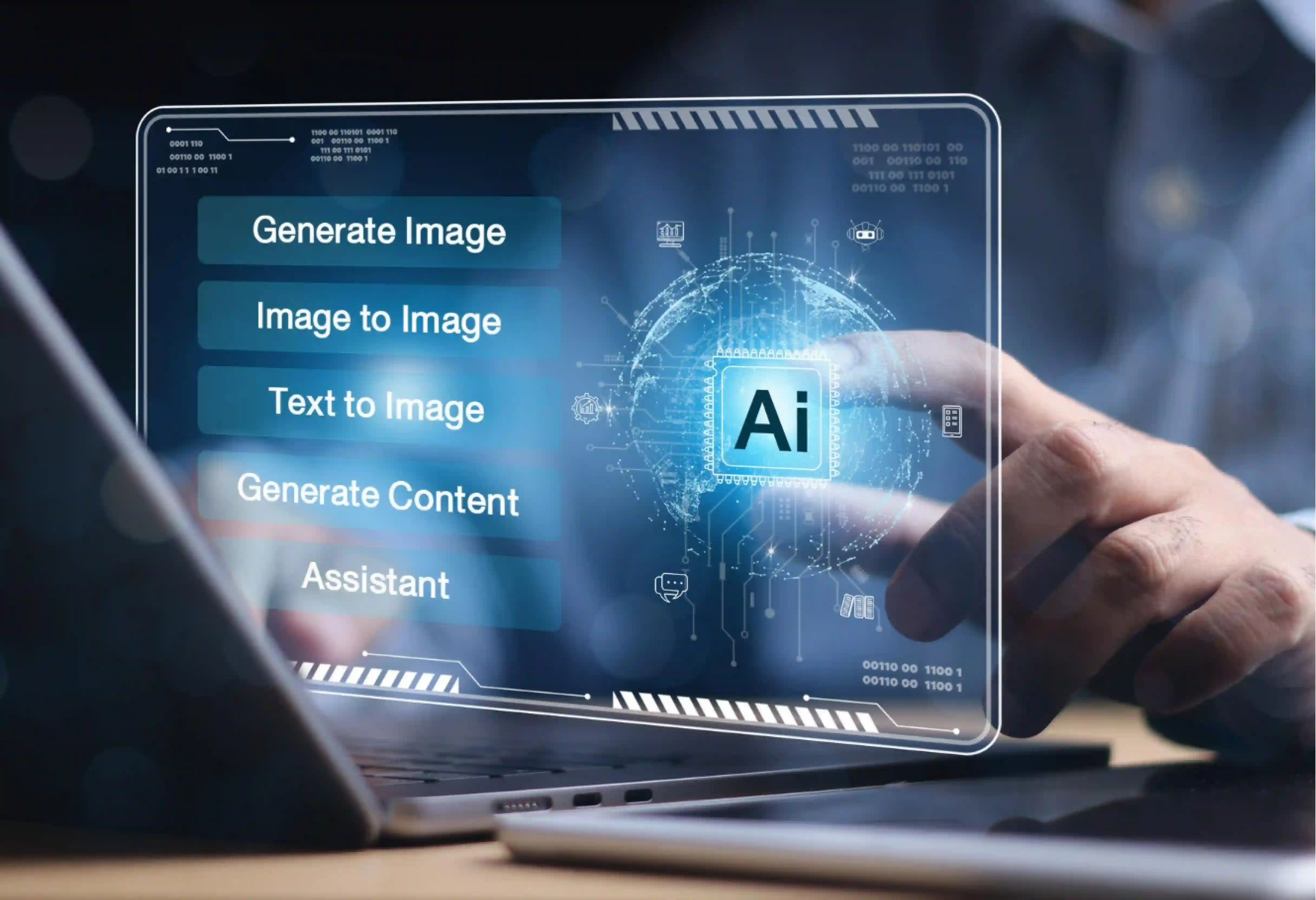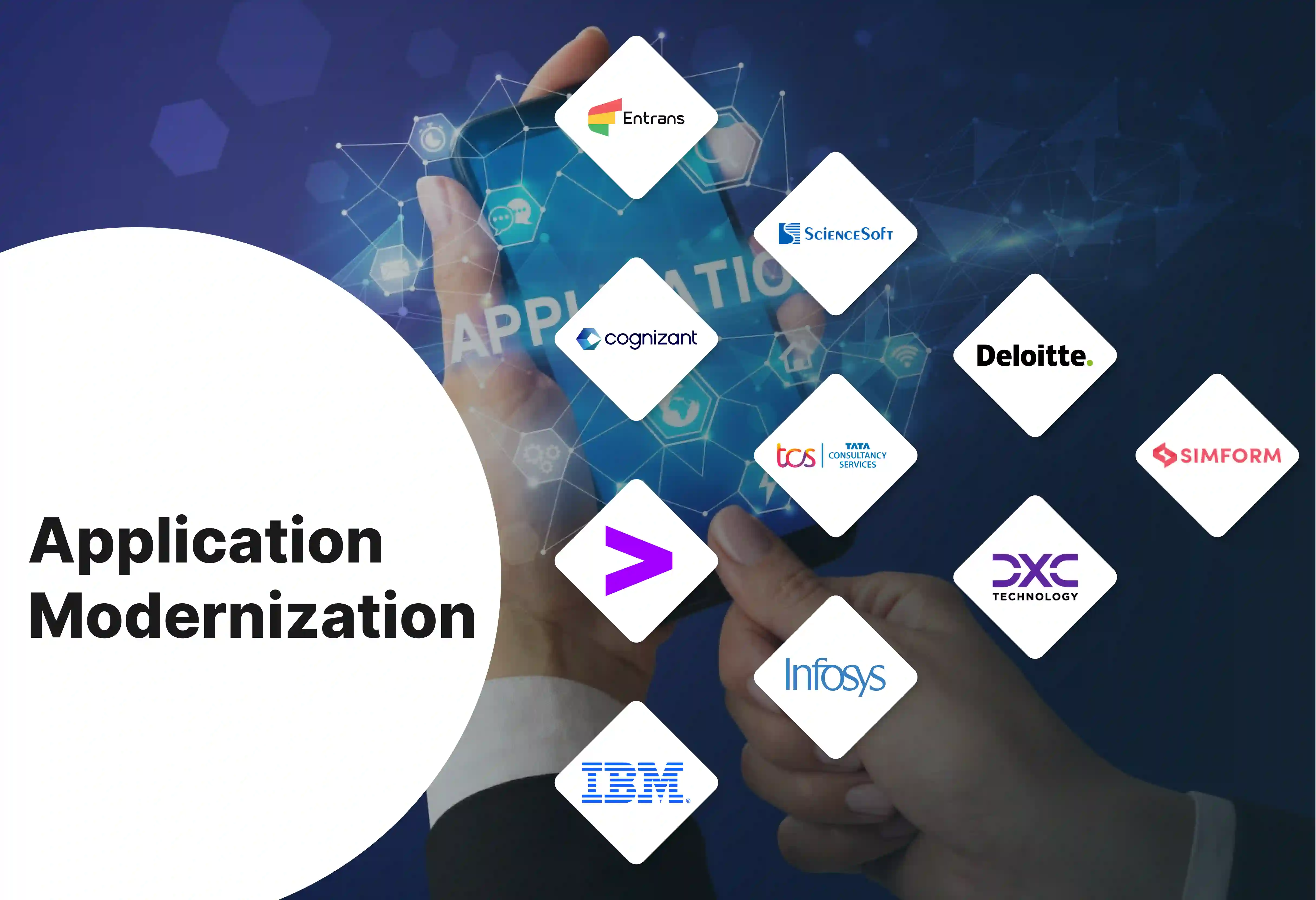


Is your revenue flatlining while you're running out of things to cut?
Here’s the HARD TRUTH: You can't save your way to success.
But at the same time, spending on new C-suite resources can feel like a high-stakes gamble.
That’s why this How to Create an AI guide de-risks innovation. Learn to build and test AI-powered solutions on a small scale, step-by-step.
Artificial Intelligence (AI) is a broad field of computer science focused on creating smart machines capable of performing tasks that typically require human intelligence. For instance, this includes learning from past events and understanding language. It also involves picking up on patterns, figuring out problems, and making choices.
The main purpose is to automate difficult processes. It also helps to predict future events. On top of that, creating AI helps allow more efficient operations that are based on data.
At its foundation, modern business AI works using machine learning (ML) and deep learning. These are specific parts of AI. They use algorithms to go over data, learn from it, and then make a decision or prediction about something.
Want to know how to create AI? Well, An effective AI system is not just a single piece of software. Instead, it is a system made up of connected parts.
These parts all work together. It is important to understand these parts before you get started with an AI development project.
Before you jump into development, it is very important to get the right resources and plan lined up. Building a successful AI needs more than just code. It requires a solid starting point.
Creating an AI system is a process that you go through again and again. While the technical details can get complicated, the main steps are logical and clear.
Want actual steps on how to create AI? Well, luckily we dive into that a bit below.
That said, for businesses, it’s often best to team up with an expert partner to carry out these steps.
To start with, you need to pin down the exact business problem you want to solve. You should talk with stakeholders. You also need to decide on the key performance indicators (KPIs). These will measure the AI's success.
For example, will it automate a task done by people? Will it predict sales? Or will it create personal marketing campaigns? Having a clear scope stops the project from growing too large. It also connects the technical work with actual business benefits.
This part of the process tends to take up the most time. In fact, it often uses up to 80% of the project's schedule. It is made up of a few activities:
This is where data mining companies are very helpful. For instance, a company like IBM has a large set of data management and analytics tools. They can greatly speed up this phase. This makes sure the data is high-quality and ready for modeling.
With clean data ready to go, data scientists can start to test out different machine learning models. They first break down the data into training and testing sets.
The training set is used to "teach" the model. Meanwhile, the testing set is used to check its performance on new data. This is a repeating process. You train, adjust settings, and check again until the model reaches the accuracy you need.
Once a model is trained, it must be carefully checked. You should check it against the KPIs you set up in Step 1. Does it meet the business needs for accuracy and speed? Is it dependable?
Trying to create an AI that actually helps? Well, this step confirms if the AI will give value. It also helps make sure it will not make expensive mistakes in a live setting.
After a successful check, the model is put into the production setting. This involves setting up APIs. These allow other software to work with the AI. It also involves making sure the system is stable and can handle growth.
This is an important MLOps function. It needs considerable engineering skill to manage continuous connection and deployment (CI/CD) pipelines.
An AI model is not a one-time setup. Its performance can get worse over time. This happens as new data patterns show up. This is also known as "model drift".
Therefore, creating an AI system requires that you must monitor it all the time. The model should also be retrained from time to time with new data. This helps keep it accurate and relevant.
Creating artificial intelligence or creating an AI for your specific business needs that it solves real-world issues you face. Custom AI solutions are really shaking up industries, especially when they are built with expert data mining and here’s how:
The path to creating an AI is filled with difficulties. Because of this, many businesses decide to look for expert help when they create ai apps or look into how to develop AI software.
To deal with the complexities and improve your chances of success, you should follow these best practices looking into how to create an AI:
Not sure how to create an AI by yourself? Don’t worry! Entrans stands out as a top AI development company.
In fact, at Entrans, we specialize in using complex data to give you a competitive edge. We do this by building up custom AI systems made for your specific operational needs.
Our team of top data scientists and engineers works as a part of your team. In this role, they guide you through every step of the process.
We do not just build software. Instead, we build data-driven systems for growth. This makes sure your investment in AI produces measurable and lasting business value.
Want to know more? Book a free consultation call!
The cost to create an AI system can change a great deal. This is based on how complex the project is. For example, it can be from $20,000 for a simple test project. Or it can go up to many million dollars for a large-scale business solution. The main cost factors include getting and preparing data. The model's complexity, the size of the development team, and ongoing maintenance and computing costs also play a part.
Creating a base model like ChatGPT calls for billions of data points. It also requires huge computing resources and a big team of top AI researchers. As a result, this is beyond the ability of most companies. However, businesses can use existing large language models (LLMs) through APIs. They can then fine-tune them with their own company data. This allows them to create powerful, specialized AI assistants for specific tasks. So, they can achieve a "Jarvis-like" function inside a specific business area.
The three biggest difficulties are usually these: 1) getting enough high-quality, labeled data to train the model well; 2) closing the talent gap by finding and keeping skilled AI and MLOps engineers; and 3) successfully adding the AI model into current business processes and older systems to make sure it is used and gives real value.
Security and compliance must be part of the AI system's design from the get-go. This means having strong data governance to look after private information. It also means using "responsible AI" practices for fairness and openness. On top of that, you need thorough checks to follow rules like GDPR or HIPAA. Working with an experienced AI development company helps build these important structures into the system design.
For most businesses, teaming up with an AI development company like Entrans is the better strategic decision. Building up an in-house team is slow. It is also very expensive because of the talent shortage. On the other hand, a specialized partner gives you immediate access to a team of experts. They also bring proven development methods and the experience needed to get through the complexities of AI development. This greatly lowers risk and speeds up the time it takes to see value.
Lorem ipsum dolor sit amet, consectetur adipiscing elit, sed do eiusmod tempor incididunt ut labore et dolore magna aliqua. Ut enim ad minim veniam, quis nostrud exercitation ullamco laboris nisi ut aliquip ex ea commodo consequat. Duis aute irure dolor in reprehenderit in voluptate velit esse cillum dolore eu fugiat nulla pariatur.
Block quote
Ordered list
Unordered list
Bold text
Emphasis
Superscript
Subscript







